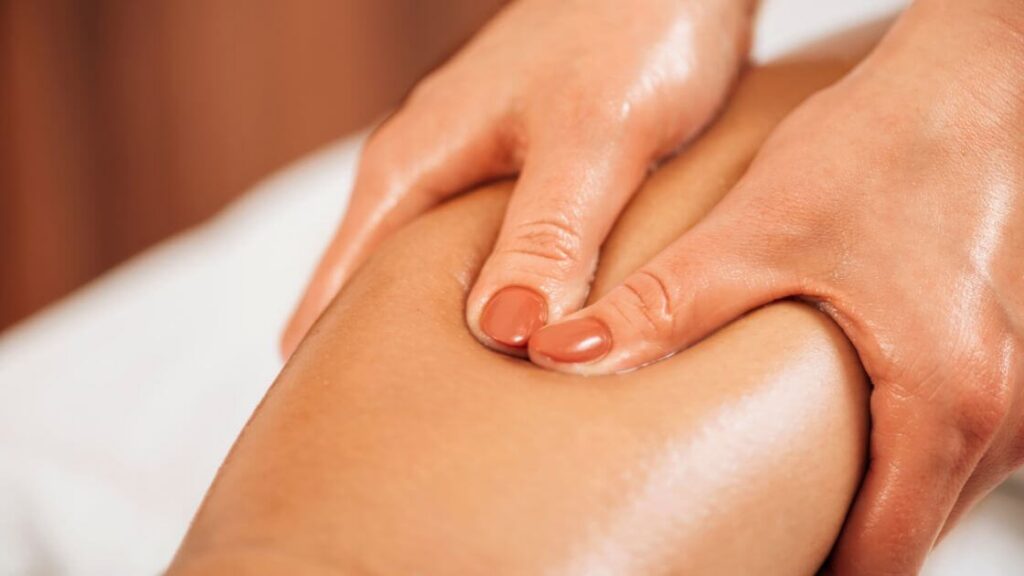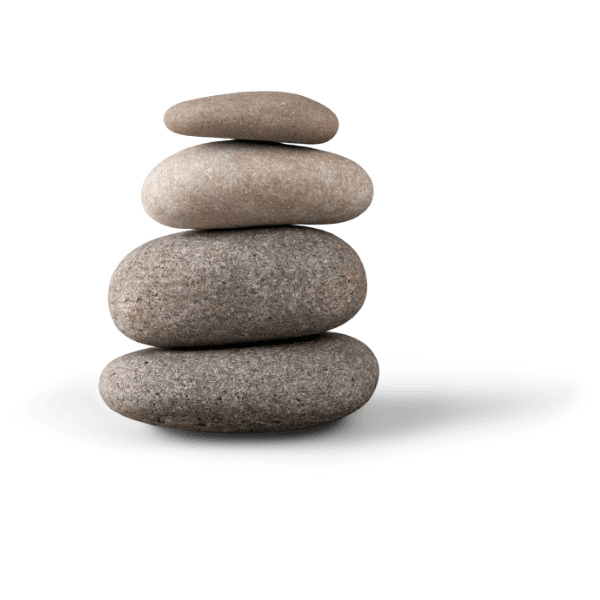Have you ever wondered how to boost your immune system, reduce swelling, and promote relaxation all at once? Lymphatic drainage massage might just be the answer you’re looking for. This gentle massage technique targets the lymphatic system, offering numerous health benefits for various conditions. Keep reading to learn more about the anatomy of the lymphatic system, the benefits of lymphatic drainage massage, manual lymphatic drainage techniques, and more.
Key Takeaways
Lymphatic Drainage Massage is a gentle technique to stimulate the lymphatic system and reduce swelling, boost immunity and promote relaxation.
It involves upper body protocols for chest, shoulder, arm etc., as well as lower body protocols for legs, feet & toes.
Professional therapists recommend seeking advice from qualified healthcare professionals prior to undergoing this massage therapy.
Understanding Lymphatic Drainage Massage


Lymphatic drainage massage is a gentle technique that targets the lymphatic system to help reduce swelling, boost immunity, and promote relaxation. This specialized massage, also known as manual lymph drainage, uses very gentle pressure—about the weight of a nickel—to manually move the lymph fluid towards the center of the body. The massage therapist will systematically move down the body, continuously stroking in the direction of the body’s center, adjusting the rhythm of the massage to the individual client’s needs.
Light pressure application is the key to manual lymphatic drainage (MLD), aiming to stimulate the lymphatic system located just beneath the skin. Certified lymphedema therapists often use MLD to alleviate swelling by encouraging lymph fluid from the tissues to working lymph nodes. The suitable rhythm for lymphatic massage can be determined by the massage therapist or a physical therapist with expertise in lymphatic drainage massage.
The Anatomy of the Lymphatic System
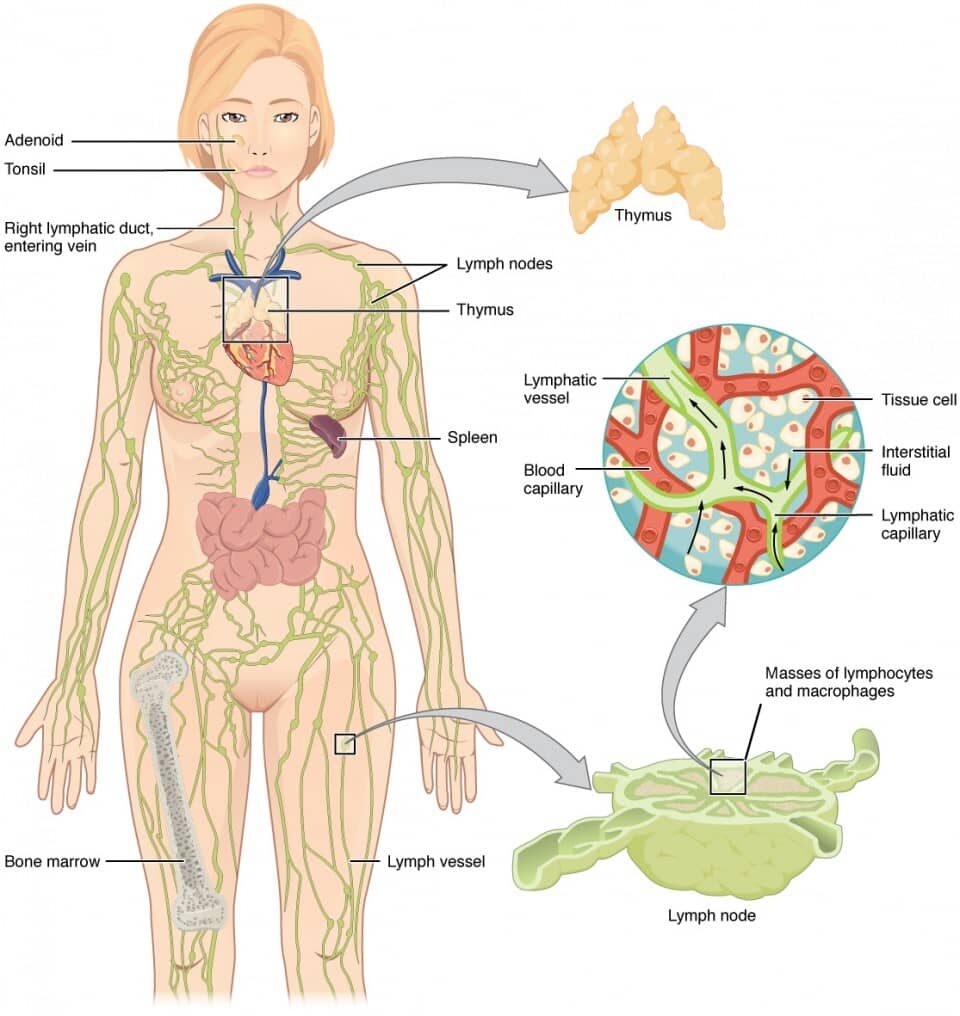

Comprising lymph vessels, nodes, and organs, the lymphatic system plays a pivotal role in fluid balance and immune function. This system serves to filter out waste and bacteria from the body. Moreover, the lymphatic system is essential for immune function, as it is responsible for removing microorganisms and foreign particles, as well as containing specialized immune cells known as lymphocytes.
Lymphatic drainage massage can be beneficial in reducing lymphedema swelling by manually moving lymph through the lymphatic system, often used to treat lymphedema and other related conditions. The rationale for preparing the lymph nodes under the arms is to facilitate the acceptance of lymph fluid from other regions of the body.
Key Benefits of Lymphatic Drainage Massage
Lymphatic drainage massage offers several key benefits, such as immune system boosting, swelling and inflammation reduction, and relaxation and stress management.
The following sections will provide a more detailed look at these benefits and their role in enhancing overall well-being.
Immune System Boosting
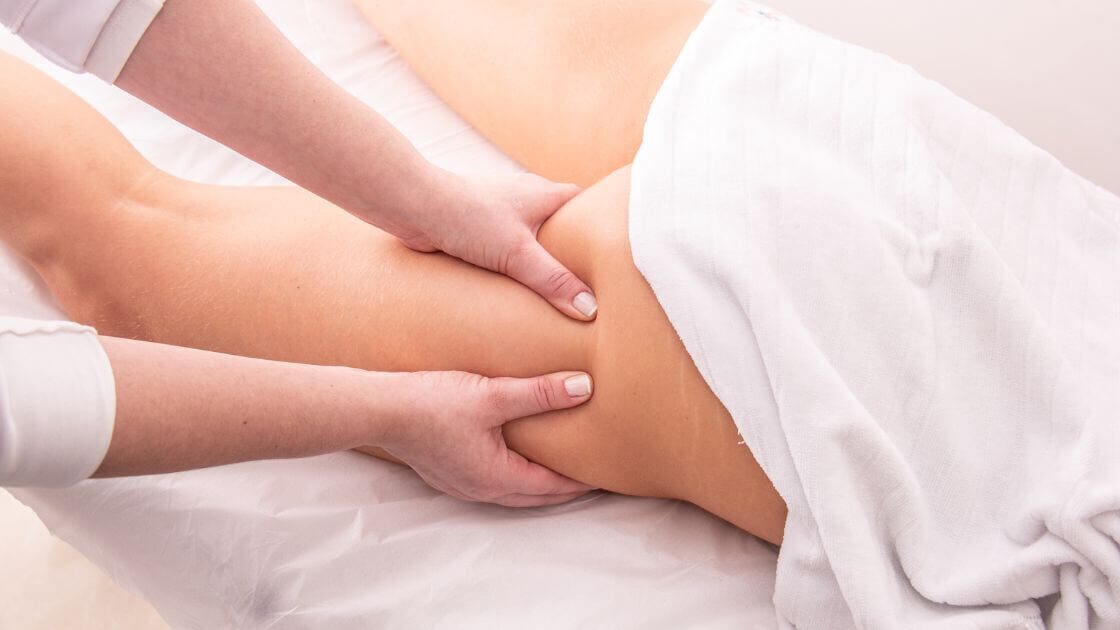

Strengthening immunity is a key benefit of lymphatic drainage massage. It works by eliminating toxins and excess fluids from the body. Scientific studies indicate that lymphatic drainage massage can:
Bolster the immune system
Improve parasympathetic nervous system function
Be more effective than connective tissue massage in reducing pain
Reduce swelling and inflammation, further improving immune system function
This massage technique aims at the lymphatic system just beneath the skin, helping to remove toxins, lessen water retention, and enhance skin appearance. Other methods, such as abdominal massage, electrical stimulation, and Swedish massage, may have different effects on the body and may be used for different purposes. Lymphatic drainage massage is a safe and non-invasive approach to boosting the immune system compared to other methods.
Swelling and Inflammation Reduction
By stimulating lymphatic flow, lymphatic drainage massage helps reduce swelling and inflammation. The massage facilitates the movement of fluid to areas where the lymphatic system is functioning optimally, thereby reducing swelling through the removal of excess fluid. Lymphatic drainage massage can be beneficial in reducing lymphedema swelling by manually moving lymph through the lymphatic system.
A 2015 research review concluded that the combination of lymphatic drainage massage and compression bandage treatment was more effective in reducing swelling than massage alone for breast cancer-related lymphedema. By reducing swelling and inflammation, lymphatic drainage massage can help minimize pain, increase mobility, and reduce the risk of infection.
Relaxation and Stress Management
Promoting relaxation and stress relief, lymphatic drainage massage contributes to an improved overall well-being. It does this by:
Stimulating the parasympathetic nervous system
Inhibiting the release of cortisol
Increasing the release of endorphins such as serotonin and dopamine, which promote feelings of happiness and calmness.
A randomized controlled trial was conducted to compare lymphatic drainage massage and connective tissue massage. The results revealed that lymphatic drainage massage was more effective in reducing anxiety symptoms among 50 women with fibromyalgia when compared to the other massage form. Other studies have indicated that it can enhance the parasympathetic nervous system and decrease anxiety and depression scores. Gentle, rhythmic strokes, small circular movements, and long, gentle strokes are techniques in lymphatic drainage massage that contribute to relaxation and stress relief.
These techniques can help to reduce stress and anxiety, promote relaxation, and encourage the natural drainage of lymph fluids.
Manual Lymphatic Drainage Techniques
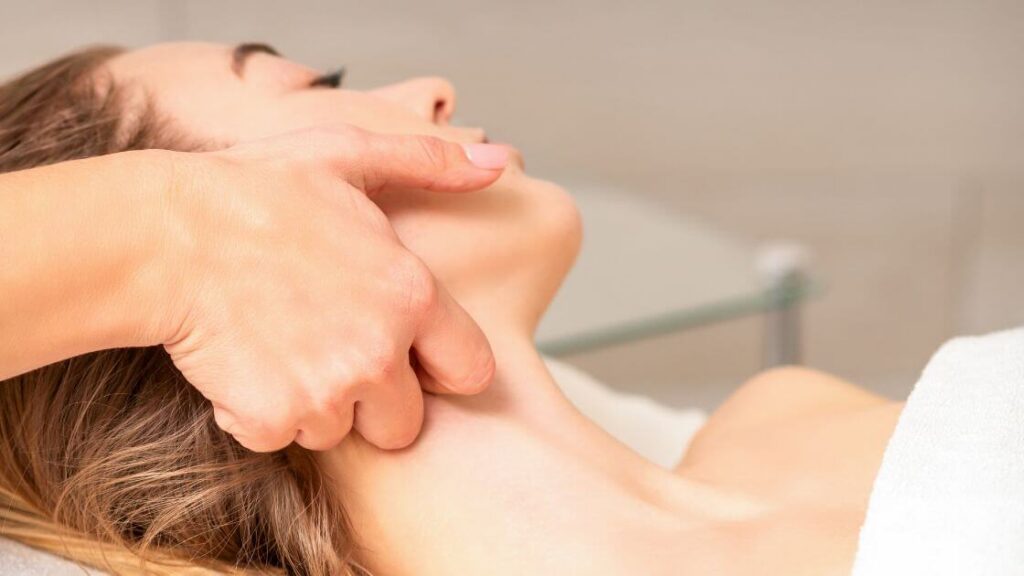
Manual lymphatic drainage techniques, also called manual lymphatic drainage, can be performed by trained professionals, focusing on upper and lower body protocols.
The forthcoming sections will delve into the specific techniques employed in both upper and lower body protocols.
Upper Body Protocols
Upper body protocols for lymphatic drainage massage include techniques for the chest, shoulder, upper arm, full arm, and fingers. To perform lymphatic drainage massage on the shoulders, one can follow these steps: rest the arm on a table or armrest, place the other hand on the shoulder of the resting arm, move the hand over the back of the shoulder and toward the neck, massage the arms by placing one’s hand like a cap over the shoulder and massaging half circles up and over the shoulder, and repeat these movements 10 times. It is recommended to consult with a professional massage therapist or healthcare provider for specific techniques and guidance.
For lymphatic drainage massage on the arms, it is recommended to follow these steps:
Begin by lying on a comfortable surface.
Cross your arms on your chest with your hands resting just below the collarbone.
Use the flats of your 2nd and 3rd fingers to gently stroke downward from the collarbone towards the armpit.
Repeat this stroking motion 5-10 times.
Massage the axilla (armpit) on the non-affected side to stimulate and drain the lymphatic system.
Repeat this massage on both arms.
Gentle pressure should be used, and any painful or uncomfortable sensations should be avoided during the massage.
Lower Body Protocols
Lower body protocols for lymphatic drainage massage involve techniques for the legs, feet, and toes. To perform a lymphatic drainage massage on the legs, follow these techniques: starting at the top of the leg, place one hand on the inner side of the leg while the other is on the back, gently stretching and releasing the skin from the inner side of the leg to the side and up towards the hip, shift the hands lower on the leg and repeat the process. These techniques aid in promoting lymphatic fluid movement and stimulate lymph drainage in the legs.
For lymphatic drainage massage on the feet, begin by administering a gentle massage to the top of the foot and gradually move downwards to the toes, using light pressure and circular motions. Massage the sides and bottom of the foot with similar techniques, always directing the massage towards the lymph nodes found in the groin area. Following these techniques can facilitate the movement of lymph fluids, potentially leading to reduced water retention, stimulation of healing, and detoxification of the body.
Who Should Consider Lymphatic Drainage Massage?
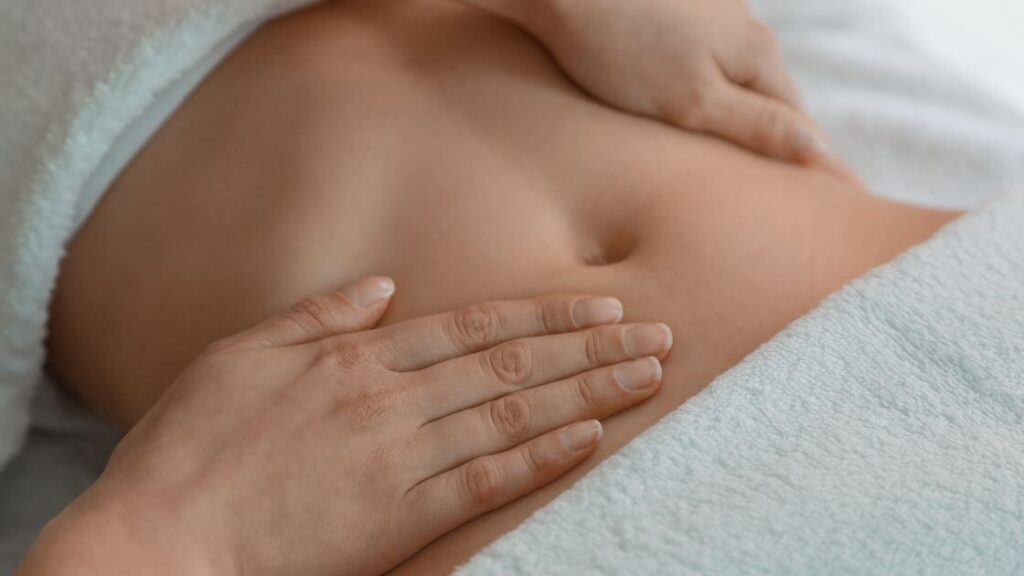

Individuals with lymphedema, post-surgical swelling, edema, and other related conditions may benefit from lymphatic drainage massage. Lymphatic drainage massage is widely used to treat a number of conditions such as:
lymphedema
post-surgical swelling
edema
sinus congestion
fibromyalgia
rheumatoid arthritis
lipedema
chronic venous insufficiency
It is well known for its many benefits in reducing swelling and fluid build-up. By addressing these conditions, lymphatic drainage massage can help individuals manage their symptoms and improve their overall quality of life.
Notably, lymphatic drainage massage isn’t suitable for everyone. Individuals with the following conditions should abstain from receiving this massage:
Infection
Heart condition
Blood clots
Kidney failure
Before undergoing lymphatic drainage massage, it’s advisable to consult a healthcare professional to assess its suitability for an individual’s needs and identify any potential risks or contraindications.
Potential Risks and How to Mitigate Them
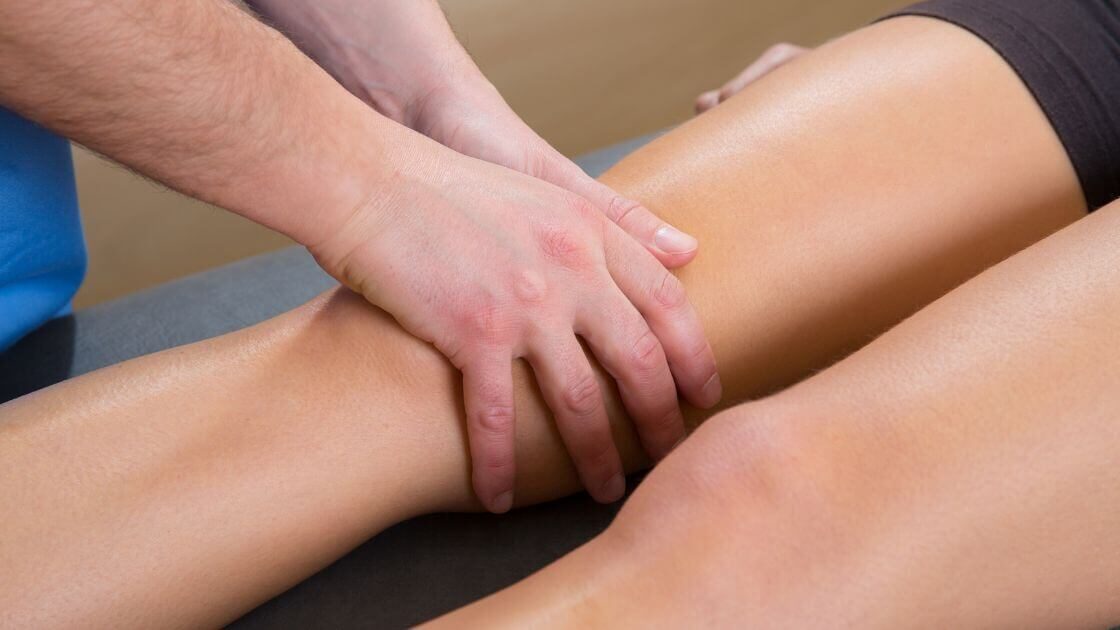

Potential risks associated with lymphatic drainage massage include increased urine output, fatigue, and a transient exacerbation of symptoms. To reduce the risk of increased urine output following lymphatic drainage massage, it is recommended to consume a sufficient amount of fluids on the day of the massage session. Fatigue or drowsiness following a lymphatic drainage massage is a typical reaction and should not be a cause for concern.
Individuals with certain medical conditions should not receive a lymphatic drainage massage. These conditions include:
Infection
Heart condition
Blood clots
Kidney failure
Consulting with a healthcare professional prior to undergoing lymphatic drainage massage is essential to ensure the therapy is appropriate for the individual’s needs and to assess any possible risks or contraindications.
DIY Lymphatic Massage at Home
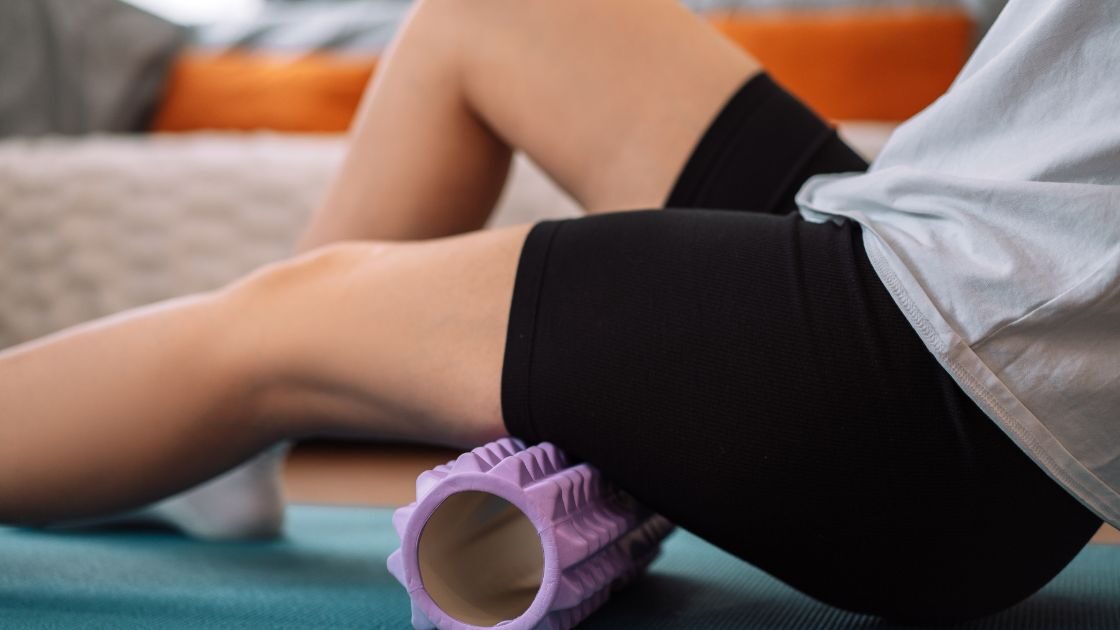

With proper guidance, DIY lymphatic massage can be carried out at home, applying light pressure and steering clear of swollen areas. The two primary phases of lymphatic drainage massage, conducted by a certified drainage therapist or in the comfort of one’s home, consist of light tissue compression and delicate strokes to stimulate lymphatic flow and encourage detoxification.
To perform a DIY lymphatic drainage massage, follow these steps:
Use very light pressure.
Avoid using oils or lotions during the massage.
Learn the proper techniques and follow the guidance of a certified therapist.
Safely and effectively perform lymphatic drainage massage at home.
Experience the numerous health benefits of this massage technique.
Comparing Lymphatic Drainage with Other Massage Therapies
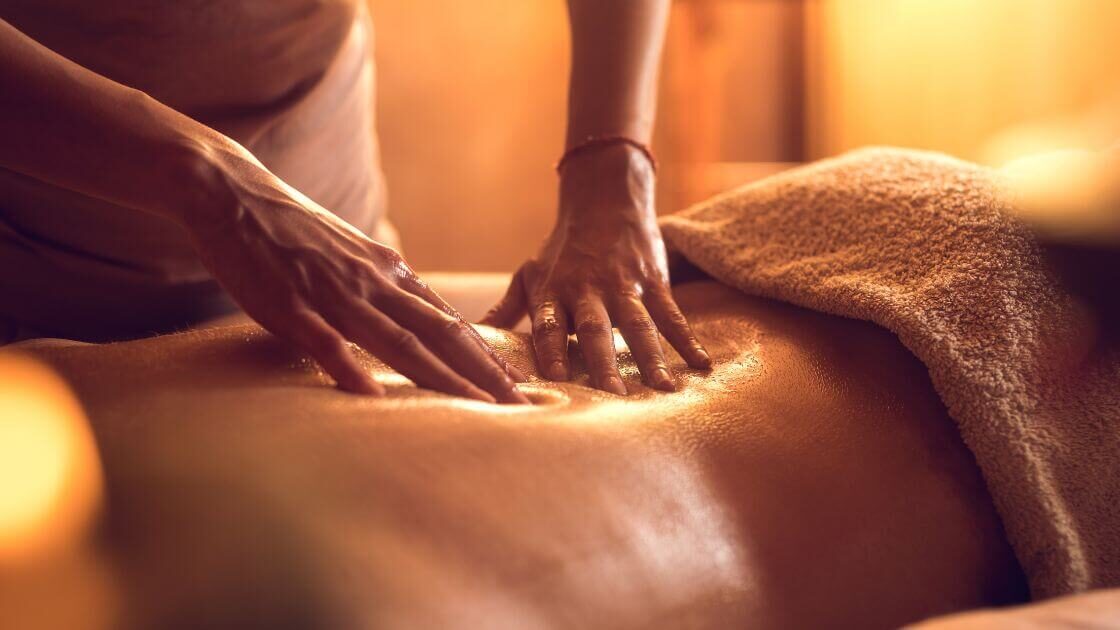

Unlike other massage therapies that focus on deep muscle tissue, lymphatic drainage massage takes a gentle approach, targeting the lymphatic system. For example, Swedish massage allows for customization, with clients requesting work in any order and varying pressure levels between appointments, while manual lymphatic drainage has a set order and pressure that should not be altered without medical justification.
Deep tissue massage targets the deeper layers of muscles to alleviate underlying pain, while lymphatic drainage massage stimulates the lymphatic system and promotes lymph flow through gentle, rhythmic motions. Hot stone massage involves placing heated stones along the client’s body, focusing on pressure points and allowing the heat to set in, while lymphatic drainage massage techniques involve gentle, rhythmic movements to stimulate the lymphatic system and promote the flow of lymph fluid.
Addressing Common Misconceptions
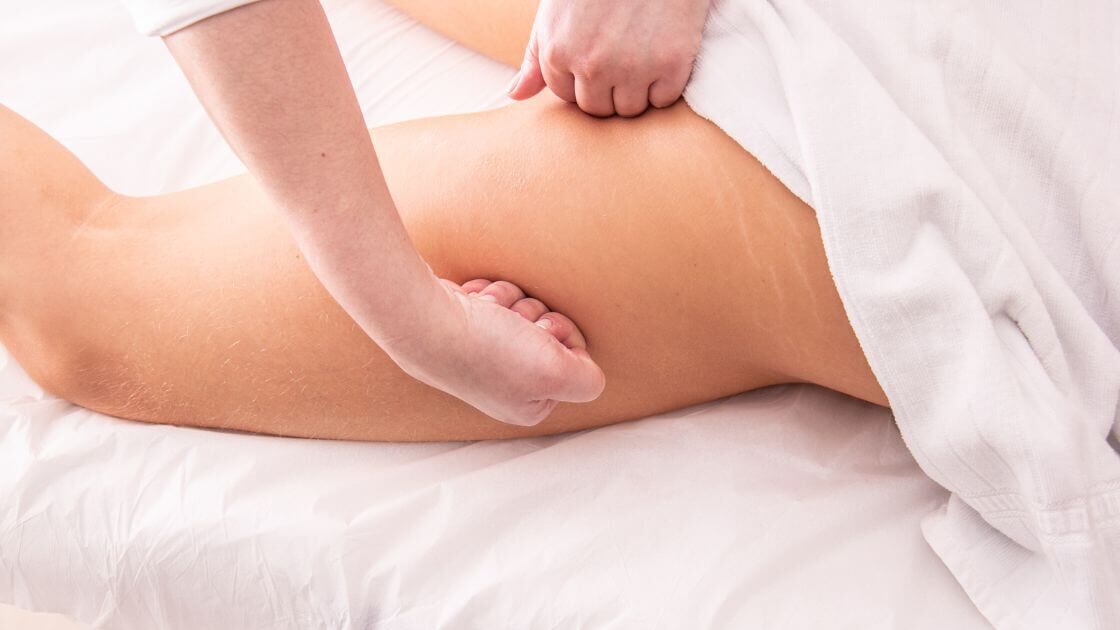

Misunderstandings about lymphatic drainage massage often revolve around its effectiveness for weight loss and its benefits for healthy individuals. While some research suggests that lymphatic drainage massage may aid in weight loss, there is limited data available that definitively disproves the myth of weight loss through lymphatic drainage massage.
Lymphatic drainage massage can have varying effects on healthy individuals and those with impaired lymphatic systems. For healthy individuals, it can be beneficial in terms of detoxification, reduction of swelling, immunity enhancement, and relaxation. On the other hand, it can be useful for individuals with impaired lymphatic systems in terms of alleviating pain, edema, inflammation, and improving lymphatic function.
Professional Insights: What Therapists Say
Insights from professional therapists underline the need for correct technique, personalized treatment plans, and consultation with healthcare professionals. Certified lymphatic drainage therapists stress the need for proper training and understanding of the lymphatic system to ensure the best possible results for clients.
Therapists recommend consultation with healthcare professionals prior to undergoing lymphatic drainage massage to ensure the therapy is appropriate for the individual’s needs and to assess any possible risks or contraindications. By seeking the guidance of qualified therapists and healthcare professionals, individuals can safely and effectively experience the numerous health benefits of lymphatic drainage massage.
Summary
In conclusion, lymphatic drainage massage offers a range of health benefits, including immune system support, swelling reduction, relaxation, and stress relief. By understanding the anatomy of the lymphatic system, learning manual lymphatic drainage techniques, and debunking common misconceptions, individuals can make informed decisions about whether this gentle massage therapy is right for them. Consultation with healthcare professionals and certified therapists ensures safe and effective treatment, allowing individuals to experience the powerful benefits of lymphatic drainage massage.
Frequently Asked Questions
What does a lymphatic drainage massage do?
Lymphatic drainage massage helps to reduce swelling and inflammation, enhance immune system function, and provide relaxation and stress relief. It works by gently manipulating specific areas of the body to encourage lymph fluid to move to functioning lymph nodes. Additionally, it can help with heavy legs and improve metabolism.
How do I drain my lymphatic myself?
To drain your lymphatic system yourself, start by placing your hands on your collarbone and making half-circles down your chest towards your underarm. Massage your chest and gently stretch the skin down your chest to your underarm while also stroking upward and down through your ankles and feet. This will help move the lymph fluid from your neck and chest to your underarm lymph nodes.
How does your body get rid of lymphatic drainage?
The body gets rid of lymphatic drainage through deep breathing, massage, exercises, and manual lymph drainage techniques. These practices help move fluid through the lymph vessels and nodes and encourage the natural flow of lymph back into the bloodstream.
What are the symptoms of a poor lymphatic system?
Symptoms of a poor lymphatic system can include lymphoedema and other symptoms in an affected body part.
Can lymphatic drainage massage help with weight loss?
Although some studies suggest lymphatic drainage massage can help with weight loss, there is insufficient evidence to prove this conclusively.

